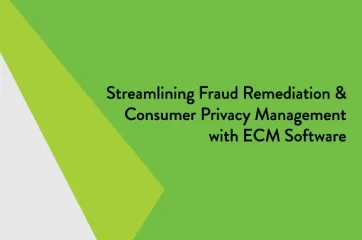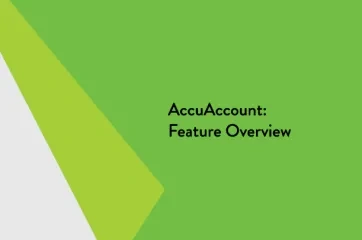Collateral imaging involves the use of technology to scan, save, and organize collateral-related documents. Financial institutions rely on imaging processes to avoid information loss, support collateral perfection, and encourage efficient access to collateral and other documentation.
Collateral Imaging Use Cases
Steps involved with collateral imaging vary depending on the financial institution’s tech stack and collateral type. For example, if a certificate of deposit (CD) is pledged as collateral, the bank or credit union may only need to image a few documents. By contrast, if a borrower pledges commercial real estate, untitled equipment, livestock, or crops, the financial institution’s imaging workflow will likely require additional effort. Some loans are tied to multiple pieces of collateral, which can increase complexity.
Types of Collateral Documents to Image
Collateral-related documents that are commonly imaged by financial institutions include:
- Security agreements
- Collateral valuations
- UCC filings, continuations, and related documentation
- Agreements to provide insurance
- Insurance
- Inventory lists
- Equipment lists
- Flood zone determinations
Collateral Imaging Challenges
Digitizing collateral documents and storing them on a network drive may reduce the risk of information loss; however, failing to properly organize documents poses new challenges for staff seeking quick access. Some financial institutions save digitized collateral files in loan-specific folders, but this approach usually falls short—especially when collateral is used to secure multiple loans.
Leveraging a system like AccuAccount, which “looks like” a traditional loan file, can enhance the collateral imaging process. Borrower and loan data flow in from the core, and documents are organized in an intuitive format. Managing cross collaterals and collateral exceptions is also easier compared to traditional approaches.
Download Alogent’s cross collateral tracking spreadsheet or read more banking definitions.








